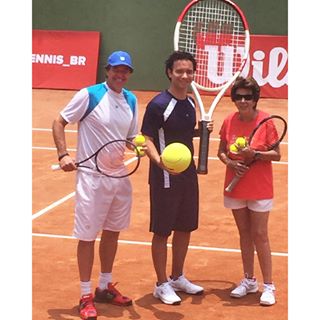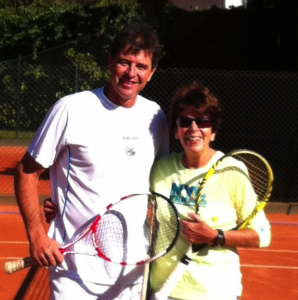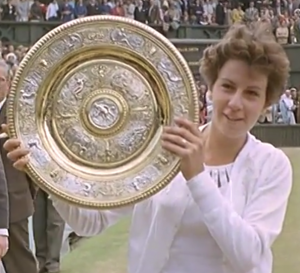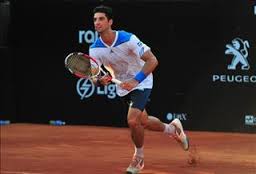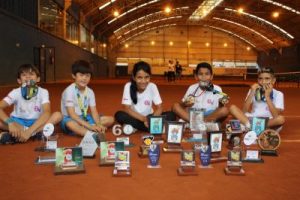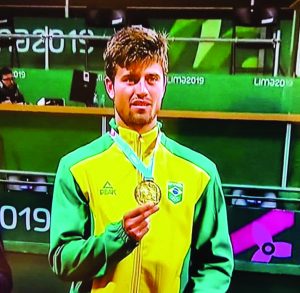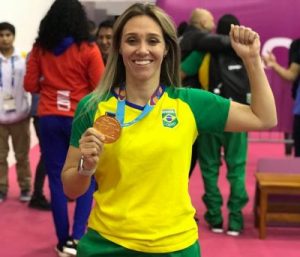Inspired by Maria Esther Bueno…
The Next Generation Institute (Instituto Próxima Geração), a project of former tennis player and coach Mauro Menezes and inspired by the late Maria Esther Bueno, is opening the doors of tennis for underprivileged children in the city of São Paulo.
Maria Esther, Gustavo Kuerten and Thomaz Bellucci are just some of the stars that have raised the profile of Brazilian tennis to great Olympian heights on the international sporting stage but, as with any sport, the continuation of the winning trajectory initiated by these great athletes depends on the emergence of new talent.
This is where the Next Generation Institute comes in, a project by former pro player and coach Mauro Menezes who, in partnership with BV, is providing opportunities to a lucky group of kids in the city of São Paulo, something Maria Esther would be very proud of.
In all, there are about 80 children regularly playing on the indoor courts of the Leal Double Academy, in the west of São Paulo, with proper equipment for the young athletes and a multidisciplinary team, composed of coaches, physiotherapists, psychologists and nutritionists.
In addition, children also study English and need to perform well in school.
Mauro, the founder of the project with Maria Esther, comments that with this integrated approach, the goal is to open opportunities for children to pursue a career in tennis ‘whether as athletes, referees or court assistants and, in the future, perhaps, to have scholarships to help in this formation’ – dreams made possible with the support of BV.
The late Maria Esther was a world beater in the history of tennis and deservedly was the first Brazilian to be inducted into the International Tennis Hall of Fame in 1978.
With hundreds of career titles, Maria Esther was one of the few athletes to reach the singles finals at all the Grand Slams, the top four major tournaments in the world, winning 19 Grand Slam titles, including 3 Wimbledon and 4 US crowns.
In addition, she was declared the best player in the world three times.
The Brazilian legend died in June 2018, but her legacy is still alive at the Olympic Center named after her in Rio de Janeiro, and also at the Next Generation Institute, which she devised with Mauro Menezes.
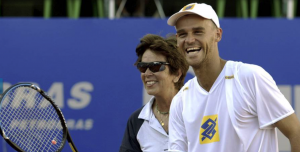
Technique. A pair for history: Maria Esther Bueno teaches Guga the best way to make a volley when he is playing on the grass court of Wimbledon / PAULO WHITAKER 27/02/2004 / REUTERS
With a captivating smile and unforgettable style, Gustavo ‘Guga’ Kuerten remains at the heart of Brazilian tennis, having been the first Brazilian man to become World No 1.
His achievements include 3 French Open titles, 358 wins and 20 individual titles, but he retired early due to various hip injuries.
Alongside Maria Esther Bueno, he also earned a well-deserved place in the Tennis Hall of Fame.
Owner of 5 international titles, Thomaz
is currently the 5th best player in Brazil and has been ranked among the top 21 in the world, the best placing of a Brazilian since Guga.
At 31, he continues to collect victories, but is already eyeing the future generations and has been closely following the work of the Next Generation Institute, giving valuable tips to children.
In just six months of activity, the competitive team of the Next Generation Institute has already achieved significant results at state and national levels, with 5 talented players, ages 8 to 11, winning no less than 25 trophies by the end of April.
The kids are part of the Upcoming Champions project, which was created in October last year by coaches Mauro Menezes and Douglas Santana, and they receive individual tuition, already at a competitive level.
Another 90 children, aged between 8 and 18, from the state school system, are starting to play tennis on the indoor courts of the Leal Double Academy.
“It’s amazing that we can offer such a structure so that these children can fully develop,” says Santana. “Our athletes have specialised training, fitness, nutritionist, English classes, mental training, everything a high performance athlete needs.
“In addition we have very strong support from Wilson, who provides the necessary equipment.
“It is too early. to measure the results, but the initial achievements of this class are really encouraging.”
 Thiago Henrique Santana obtained significant results in state tournaments in 2018, such as the titles of the 3rd stage of the Paulista Circuit, the Slice Tournament and the Copa Troiano, and has already experienced his first competition at national level, having been champion of the Esperia Brazilian Circuit stage. and the Marilia Silberberg Cup, as well as the Kirmayr Cup and Banana Bowl all in 2019.
Thiago Henrique Santana obtained significant results in state tournaments in 2018, such as the titles of the 3rd stage of the Paulista Circuit, the Slice Tournament and the Copa Troiano, and has already experienced his first competition at national level, having been champion of the Esperia Brazilian Circuit stage. and the Marilia Silberberg Cup, as well as the Kirmayr Cup and Banana Bowl all in 2019.
Davi Souza won the Future Cup for up to 9 year olds and the Play Tennis Cup, while Pedro Queiroz won the Jaraguá Cup and was runner-up in the Future Cup for 10 year olds, and Nicholas Fujita lifted his first title in the CooperTeen team event.
In the girls elite group of IPG, Kamilly Santana, has been the champion of the Slice Tournament and the Play Tennis Cup and is currently number 1 in the up to 11 year rankings published by the Paulista Federation.
 As Mauro Menezes points out, the kids are inspiring their colleagues in the project: “The child who never played, when he sees a competing colleague winning, also dreams of competing,” he said.
As Mauro Menezes points out, the kids are inspiring their colleagues in the project: “The child who never played, when he sees a competing colleague winning, also dreams of competing,” he said.
If Brazilian tennis depends on this generation, the future of tennis looks bright.
Recently, Brazilian tennis gained one more Gold medalist in the men’s singles at the Pan American Games, serving to inspire the kids at the Institute even further.
On Sunday 4 August, João Menezes won the title in Lima, Peru, defeating Chilean Marcelo Tomas Barrios in three sets, 7-5 3-6 6-4 to become the seventh Brazilian tennis player to become a Pan American champion in history.
Menezes joined 5 other men and 2 women to win a gold medal in singles for Brazil at the Pan American Games since the competition was created in 1951, namely: Ronald Barnes (São Paulo / 1963), Thomaz Koch (Winnipeg / 1967), Fernando Roese (Indianapolis / 1987), Fernando Meligeni (Santo Domingo / 2003), Flavio Saretta (Rio / 2007), Maria Esther Bueno (São Paulo / 1963) and Gisele Miró (Indianapolis / 1987).
“I believed in every moment that I could achieve,” said Menezes, in an interview with SporTV. “And I think this Gold in my career will be a watershed, a very important achievement.
“Especially now, to have the recognition of Brazilians, which I believe they did not know me very well until now.
“The feeling I had this week here is indescribable. I managed to play very well. I hope to repeat that feeling many, many times. Now just celebrate.”
In addition to the Gold medal, the 22-year-old also qualified for his first Olympic Games, Tokyo-2020, providing he stays in the top 300 in the world by June next year. He is currently ranked No 212 in the world and No 2 in Brazil.
One of the important new members of the Next Generation Institute team, nutritionist Julia Bargieri participated in the Brazilian women’s handball team that won the Gold medal at the Lima Pan Am Games.
Julia has done a great job at the Institute since her arrival, with close monitoring of the children on a daily basis, giving valuable tips and guidance on food and health.
The Next Generation Institute is a social project carried out in partnership with BV, Banco Votorantim’s Retail brand, and supported by Wilson.
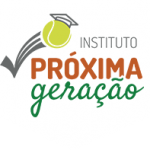 It is coordinated by Mauro Menezes and Douglas Santana and works with about 90 children at the Leal Double Academy, in the west of São Paulo.
It is coordinated by Mauro Menezes and Douglas Santana and works with about 90 children at the Leal Double Academy, in the west of São Paulo.
For more information, visit www.institutoproximageracao.org.br

